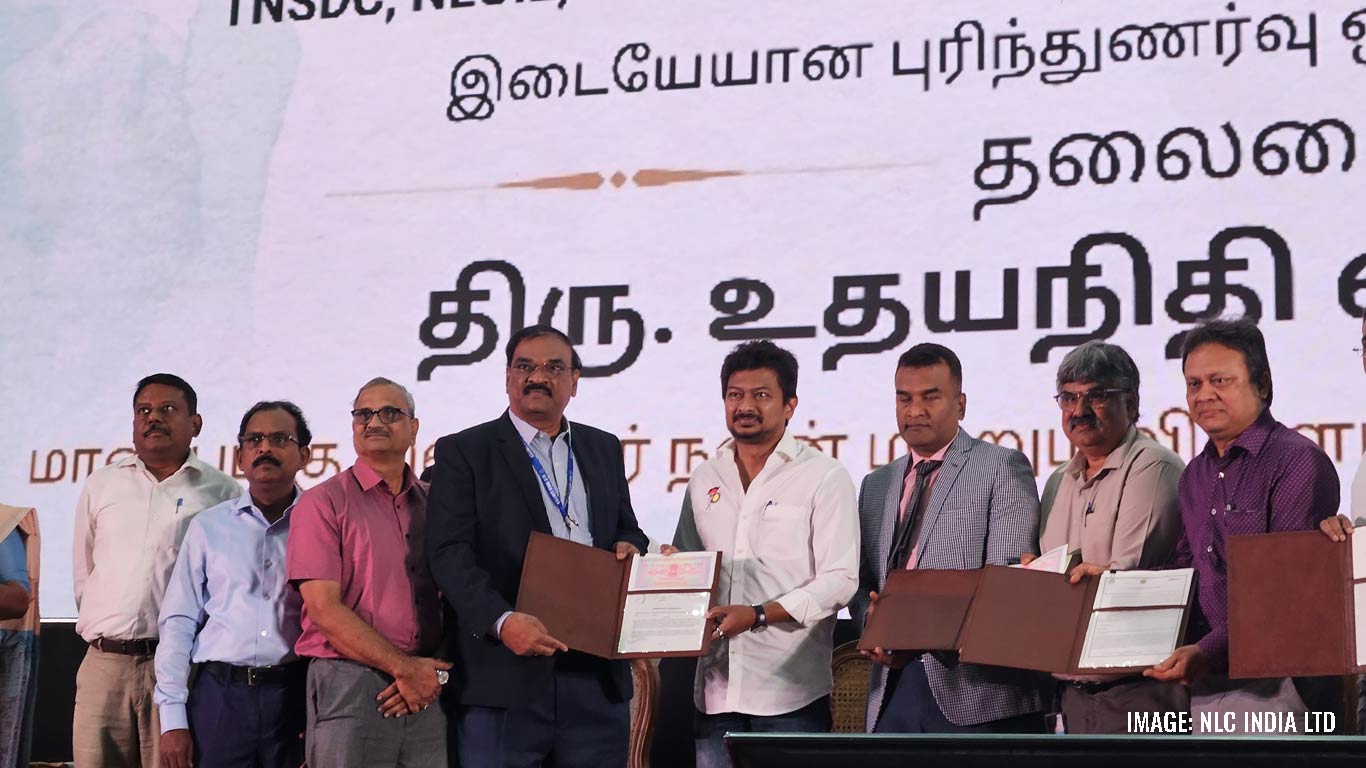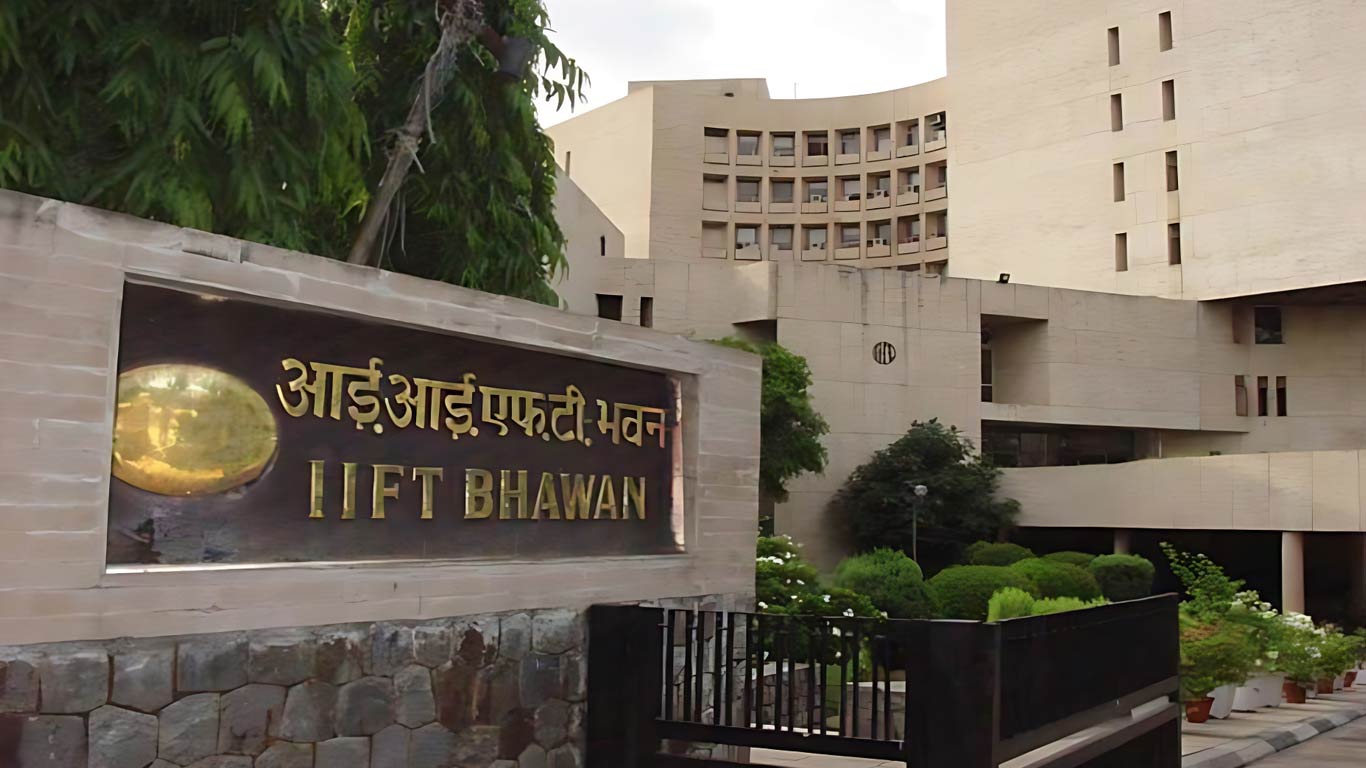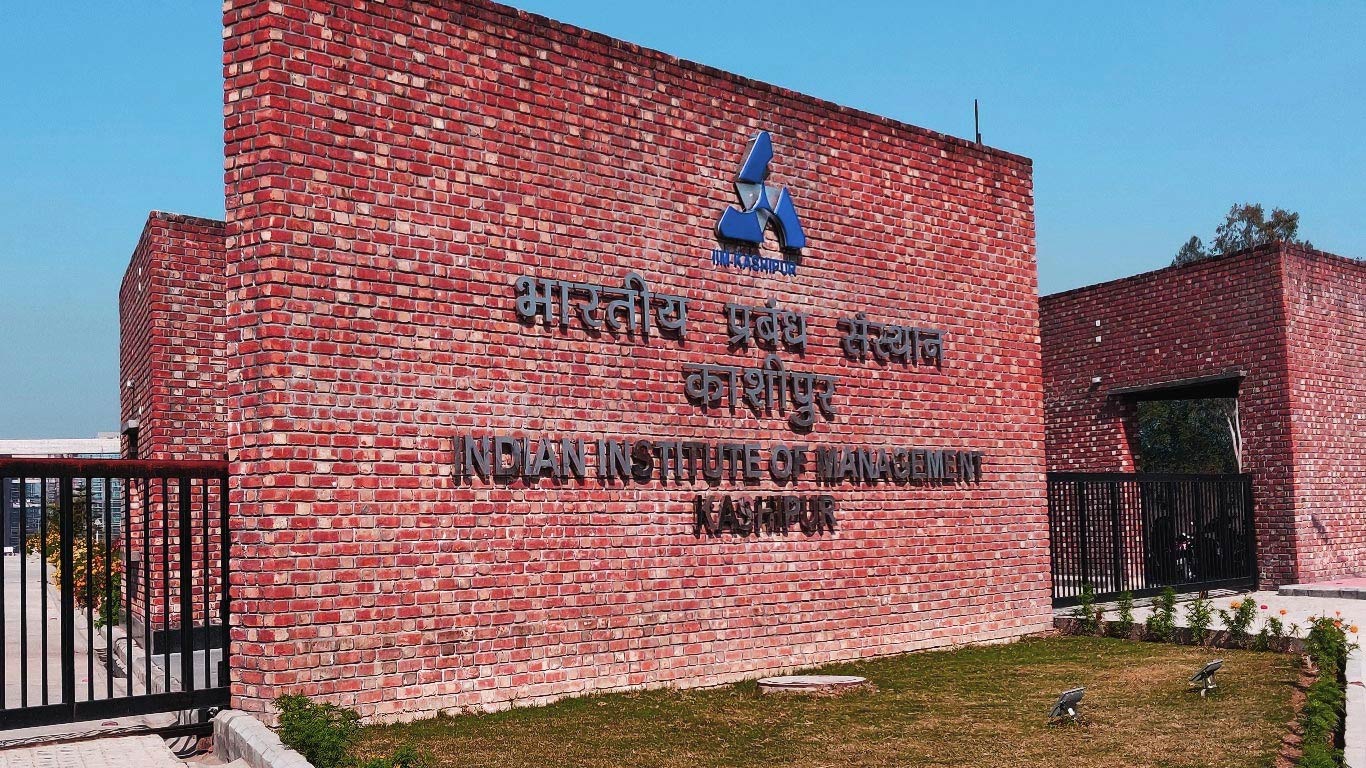Government makes e-waste disposal easier
Updated: Mar 11, 2013 04:51:57pm

“The Ministry of Environment and Forests (MoEF) has notified the E-Waste (Management and Handling) Rules, 2011 for effective management of e-waste in the country,” said Minister of State (Independent Charge) for Environment and Forests,JayanthiNatarajan in the LokSabha today.
“The concept of extended producer responsibility has been enshrined in these rules to make it a mandatory activity for the manufacturers of electronic and electricalequipment,” added Natarajan,
As per the rules, producers would be responsible for collection of e-waste generated from the end of life of their products by setting up collection centres or take back systems, either individually or collectively.
Further, E-waste recycling can be undertaken only in facilities authorized and registered with State Pollution Control Boards or Pollution Control Committees. All waste that is generated has to be sent or sold to a registered or authorized recycler or re-processor having environmentally sound facilities.
MoEF, according to the Minister has taken a number of steps to ensure environmentally sound management of e-waste in the country which includesthe Guidelines for Environmentally Sound Management of e-waste, published by the Central Pollution Control Board. It provides for an easier approach and methodology for environmentally sound management of e-waste, she said.
The Ministry is also implementing a scheme to provide financial assistance for the setting up of treatment, disposal and storage facilities for hazardous E-waste and integrated recycling facilities on public private partnership mode.
Few statistics are known about the informal "e-waste" industry, but a United Nations report launched in February described how mountains of hazardous waste from electronic products are growing exponentially in developing countries.
It said India would have 500 per cent additional e-waste from old computers in 2020 than in 2007, and 18 times more from old mobile phones.
E-waste consists of all waste from electronic and electrical appliances which have reached their end-of-life period or are no longer fit for their original intended use and are destined for recovery, recycling or disposal. It includes computer and its accessories-monitors, printers, keyboards, central processing units; typewriters, mobile phones and chargers, remotes, compact discs, headphones, batteries, LCD/Plasma TVs, air conditioners, refrigerators and other household appliances.
Further the UN report described the composition of e-waste as diverse, falling under ‘hazardous’ and ‘non-hazardous’ categories. Broadly, it consists of ferrous and non-ferrous metals, plastics, glass, wood and plywood, printed circuit boards, concrete, ceramics, rubber and other items. Iron and steel constitute about 50 per cent of the waste, followed by plastics (21 per cent), non-ferrous metals (13 per cent) and other constituents. Non-ferrous metals consist of metals like copper, aluminium and precious metals like silver, gold, platinum, palladium and so on.
The presence of elements like lead, mercury, arsenic, cadmium, selenium, hexavalent chromium, and flame retardants beyond threshold quantities make e-waste hazardous in nature. It contains over 1000 different substances, many of which are toxic, and creates serious pollution upon disposal.
Obsolete computers pose the most significant environmental and health hazard among the e-wastes, the report stated. (KNN/SK)











